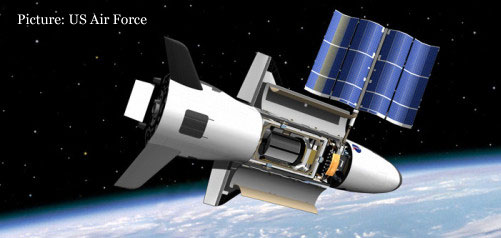US aims to boost combat manhunt precision
RT
May 22, 2013
US to boost military manhunt capabilities with RFID satellites
The US military is planning to launch a new, efficient method of sending small satellites into space which will dramatically boost soldiers’ ability to locate, track and eventually annihilate potential enemies.
The military has spent years quietly developing and implementing radio-frequency identification (RFID) tags to track Taliban leaders, suspected terrorists, and other perceived enemies. Tribesmen in the Middle East are paid to “plant the electronic devices” on the intended targets or the targets’ home, according to a 2009 report in The Guardian.
The device can be tracked to within three feet of its location, providing targeting co-ordinates that have become integral in launching drone strikes.
“Transmitters make a lot of sense to me,” former CIA case officer Robert Baer told Wired in 2009. “It is simply not possible to train a Pashtun from Waziristan to go to a targeted site, case it, and come back to Peshawar or Islamabad with anything like an accurate report. The best you can hope for it they’re putting the transmitter right on the house.”
The United States Special Operations Command (SOCOM) will advance that strategy with the September rocket launch from Wallops, Virginia. Attached to the sides of the rocket will be eight devices that will be dispersed 300 miles above Earth then act as beacons for US intelligence. …
Read on: http://rt.com/usa/advances-mideast-tracking-satellite-601/

